Link building is the most challenging part of the whole SEO process. Everybody knows that in order to get high rankings you need strong links pointing to your website and yet the question remains, how do you build links to your website that can positively influence your rankings?
There is no easy answer. Link building is not like on-page SEO where you can follow a list and get your pages optimized.
When running link building campaigns, you have to be creative and learn to think outside the box. Your goal is not to get any type of links but to acquire those links that can make a difference in your rankings and those links that can make your eCommerce website stronger than competitors.
In this post, you will learn what is link building and why it’s important for eCommerce websites. You will learn how to identify good and bad links and 11 bulletproof link building techniques you can start using today to get those precious backlinks.
Towards the end of the post, I will also explain when and how to remove bad backlinks from your link profile and a very nice trick on how to use link building to boost the rankings of the most important pages of your website, your product, or category pages.
Why are links important for any Website, especially eCommerce websites?
Link building, also known as off-page SEO, it’s one of the important signals that can influence rankings.
Research studies over and over again show the tight relationship between links and rankings.
The Google algorithm may take into account more than 255 ranking signals before deciding which websites to show in the top search positions, but the number of incoming links from different domains is still the most influential.
This is also true for the search algorithms of Bing and other search engines.
A recent study by SEMRUSH, revealed once again that websites ranking in the first positions of Google have more backlinks from unique domains.
What does this mean for your eCommerce store?
That in order to rank high in the search results and get targeted website traffic, you need to get as many links as you can from a number of different domains.
Does this mean that without links, I will not have any rankings? No. Links are just a part of the ranking algorithm, an important one, but not the only one. You still have to work on optimizing your homepage, your product page SEO, website structure, category page SEO, and content.
What is the Difference Between good and bad backlinks?
The easiest way to understand what is a good backlink is to have clear in your mind what is NOT a good link.
Why? Bad backlinks can get your website into trouble. Google algorithms can identify and penalize websites that are trying to increase their rankings by artificially building links.
A Google Penalty may be applied to a particular page or to the site as a whole resulting in loss of rankings and Google trust.
What is a bad backlink?
A link coming from the following sources is generally considered to be a toxic link and should be all means be avoided:
Links from article directories – The whole purpose of an article directory is to publish articles (not moderated or checked for quality), containing a bunch of outgoing links.
Links from website directories – The only use of website directories is to list websites without the addition of any quality content (such as a nice review), for the sole purpose of having outgoing links pointing to the listed websites.
Paid links (either directly or indirectly) – If you pay someone to add your link and Google finds out, it will punish both websites. If you send someone free products and in return, they add a review to their websites with links, then this is also against the guidelines (provided that Google finds out).
Link Exchanges – Doing massive link exchanges with other websites i.e. I will link to your website if you link to mine are also against the Google Guidelines.
Links from Web 2.0 websites – Link packages sold in Fiverr (or similar websites) promising hundreds of links from web 2.0 properties (HubPages, WordPress, blogger, medium, etc).
What is a good backlink?
A good link is one that is earned naturally i.e. your website provides great content and other websites want to let their users know, so they naturally add a link pointing to your website.
This is also known as natural link building, and it’s the best way to build your Google trust.
What is the difference between normal links and nofollow links and why you should care?
All links by default are followed links unless they have the nofollow attribute added to the link HTML code.
Google and other search engines, in their effort to fight spammy links, they decided to give webmasters the opportunity to add external links to their websites without necessarily passing pagerank value to the other website.
This is achieved by adding the attribute “nofollow” to the link. This instructs search engine spiders not to take into account that link while crawling the website. Users will see it and if they click, they will visit the target website, but it will not pass any pagerank or link juice, from one website to the other.
Why you should care about follow and nofollow links? Nofollow links, like the ones coming from social media networks (i.e. Pinterest, FB, Twitter) do not help your Google rankings.
So, before we get into the different methods you can use to get links to your eCommerce store, always remember that what you need are links coming from highly trusted sites that do not carry the nofollow tag.
11 Solid Ways to Build Backlinks to Your Ecommerce Website
Let’s see how to get those precious links that can make a difference to your rankings and traffic.
#1 – Start and maintain an active blog
Having a properly setup and optimized blog for your eCommerce website can help you get incoming links from highly trusted websites.
You can read my published post on eCommerce blogging, which explains how to take advantage of blogging and boost your traffic and sales, but what is important to understand now is the following:
Your blog needs to be part of your domain, either as a subdomain blog.mywebsite.com or directory mywebsite.com/blog. Having the blog on a different domain does not help.
In order to get links from blogging, you really have to provide great content. Other webmasters may link to your blog (knowing that it belongs to an eCommerce website), only if it provides real value for their visitors.
Links pointing to your blog pages will indirectly improve the rankings of your domain and product pages. As we will see below there is a way to pass the link juice from the blog pages to your product pages.
By having an active blog, links will not magically start to flow in. You still need to promote your blog posts in any way you can so as to get the attention of other webmasters.
Hint: Read my previous post on how to approach link building for the fine details.
à All blog posts should also be optimized for Search Engines. If you are not familiar with the basics, start by learning how to write SEO friendly content.
#2 – Get a Link from Manufacturers site
There are a number of ways to get links from the manufacturer’s website.
- Visit their websites and see if they have a section with links to their retailers.
- If not, send them an email and ask them how you can get featured on their website.
- If they have a blog, ask them to contribute an article.
- If they have a showcase section (most suited for service providers), submit your entry.
See below a screenshot of how we managed to get a link for our client and our website from woocoommerce.com. We submitted for their showcase section, a website we developed using woocommerce.
#3 – Guest posting Part 1 – Websites That Accept Guest Posts
Guest posting is one of the most effective ways to get links from other websites. The way it works is the following:
- Find related to your niche websites that are actively looking for guest writers
- Read their publishing guidelines
- Write a nice post which includes links to your website
- The post is published and you get a link
It sounds like a straightforward process but it’s not always as easy as one, two, three.
The first challenge is to find websites that:
- Are in the same niche
- Accept guest posts
- Are considered by Google to be of high quality
- Allow dofollow links in the body of the article
How do you find them?
- Open Google and search for different terms like:
“write for us”, “guest post”, “guest blogger”, “writers needed”, “blog for us”, “submission guidelines”, “contributor”, followed by your industry like shown in the example below.
Visit the website’s and look in the main menu or footer for options like “Write for Us”, “Contribute”, “Submit an article”.
- Spy on your competitors
Competitors that have better rankings than you, most probably they are doing a better job when it comes to link building. To find out more details about their link profile, you can use a tool to do some spy work.
Spying on your competitors by analyzing their link profile is not as bad as it sounds, you are not doing anything wrong.
On the contrary, if your competitors are doing a great job, it will save you a lot of time searching Google to find websites to get links.
The most efficient way to get an idea of how your link profiles compare and where to get links is to use SEMRUSH.
SEMRUSH has introduced a new feature called “Backlink Gap Analysis”. What this feature does is to compare the backlinks of different websites (up to five), and discover untapped backlink opportunities.
ProTip: Semrush is not a free tool. It comes with a monthly subscription but if offers a lot of features that once you get used to it, you cannot live without. It’s my favorite SEM tool. You can register for a 14-day trial and test it yourself.
This is how the Backlink Gap Analysis screen looks like.
You can go through the list of referring domains and find out from which domains your competitors have links. By clicking on the number of links (right column), you can see exactly the page that the link is on.
When not to guest post to a website even if they accept posts?
Before proceeding to the next step, there are a few checks to make to ensure that the websites you found are good candidates for guest posting.
I mentioned above that websites need to be of high quality. This is translated as:
- Websites have good rankings in Google (and they are not under a Google penalty)
- They get a good amount of traffic per month.
- They have original content of their own and it’s not only guest posts.
The first thing to do is to visit the sites and check when they were last updated and what kind of posts they publish.
If you notice a pattern that they only publish guest posts, then they are not good.
Why? Google will sooner or later find out that they only accept guest posts and they may penalize them or devalue their links.
The second check is to go to SEMRUSH and type in their domain and click search.
SEMRUSH will give you valuable data regarding the type of traffic the website receives (and from which countries), whether is under a Google penalty or not and the keywords they have good rankings.
Websites that have no traffic and rankings should be avoided, don’t waste your time and resources to get a link from them, it can do more harm than good.
How to get your posts published?
Once you have a list of websites that meet the criteria explained above, the next step is to contact them.
Before doing so, make sure that you read their posting guidelines carefully. Some websites may want to see the full post before making a decision, some want to approve the post titles first, etc.
Next, write an email, introduce yourself and company and send it to them.
Here is an example of an email template I’m using:
#4 – Guest Posting Part 2 – Asking for Links
What I have described above in Part 1, was how to get your articles published in websites that are actively looking for guest posts.
Websites that don’t mention that they accept guest posts, doesn’t mean that they don’t.
I’m not suggesting that you should go out and start emailing any website you find and ask for guest posts but do it selectively.
Websites that already published a post from your competitors are a good place to start.
To be successful in this task, you need to follow a personalized approach.
What do we mean by a personalized approach? Don’t use a ready-made email template to make the initial contact and ask if they accept guest posts. It won’t work and you will be losing your time.
Instead, study the website first, find the names of the editors and send them an email explaining how your article will benefit their audience.
In the email don’t only ask but also give. In other words, besides asking them if they are willing to accept a guest post, offer them the opportunity to guest post on your website too.
If you are thinking that this is link exchange, it’s not. If there is value in the guest posts then you have nothing to worry about.
Here is an example of a personalized email:
To sum up, guest posting is a great way to get high-quality links from related websites.
Besides finding the right websites to contact and using a personalized approach in your emails, have in mind the following:
- Don’t overdo it with links – don’t be greedy with links. Adding a link in the body of the article pointing to your website is enough. Too many links will get your article rejected.
- Add links to other websites too – don’t just link to your website. Add links to other high-quality websites. It makes the articles better and less biased.
- Link to your blog posts and not product pages – As mentioned in the introduction, it’s difficult to get links pointing to your product pages directly. Instead, add links to your blog posts.
#5 – Link to other websites from your blog
When writing content for your blog, don’t be afraid to link to other websites or blogs. This of course does not include your main competitors but other websites that are in the same niche.
Why?
It is likely that other webmasters will notice the link (from their Google Analytics, SEMRush or WordPress) and if they find your website useful, return the link.
Again, this may sound like a link exchange but it’s not. This is actually advice given by Google, see the screenshot below published in the Google AdSense Blog.
#6 – Start An Affiliate Program
This is a bit tricky and you need to think about how to set it up, without taking any risks.
Google officially recommends that any affiliate links or links on ads should be nofollow. The former head of Google’s Search Quality Team, Matt Cutts, said in an interview back in 2012 that Google can handle the majority of affiliate links but if you are worried you should nofollow the links.
How to use an affiliate program for link building
The first thing to know is that if you are using a platform like ShareASale or any other dedicated platform for affiliates, the links will be nofollow so there is no gain from your part (in terms of link building benefits).
If you decide to use your own affiliate system, for example, affiliatewp, then the links will be followed.
To protect your affiliates from getting into trouble and to still have some benefit from the links, you can follow these simple rules:
On any ads that you create and give to your affiliates to advertise your products, add the nofollow tag to the links. These ads are usually placed in the sidebar and are site-wide and you don’t want to get hundreds of dofollow links from the same website.
On any text links that your affiliates may use in content-rich pages, such as blog posts, you can leave the links without adding the nofollow tag.
If you are familiar with affiliate marketing, then you know that it’s not up to the vendor (in this case you), to control how the links will be added to other websites.
The best you can do to protect your affiliates and minimize the risk of getting penalized because of your affiliate system is to give the above instructions to your users.
Ask them to nofollow links on ads and links placed in the sidebar of the footer of their websites.
#7 – Get published on Media websites
The benefits of getting published on big media websites like Forbes, HuffPost, Inc, Entrepreneur, and others, are much more than getting a link back.
It’s a great way to promote your business online, for brand awareness purposes and also it helps in building trust with your audience.
There are 2 ways in which you can make this happen:
Connect with Journalists
First, it’s a natural way. You may be thinking, if the links are to be placed naturally, what can I do about it?
Here is the idea: If you want journalists to link to your website from their posts, they need to know that you exist in the first place! Without knowing about your brand and website how can they add a link?
How do you contact them? In short, by emailing them, connecting with them in social media networks (mainly Twitter), and running targeted Facebook campaigns.
I explain the process in more detail in this post: how to approach link building. It’s a time-consuming process but if done correctly it can produce great results.
Pitch the Editors
Second, is by pitching the editors with your guest post idea. This is different than the first method where you try to connect with the individual journalists.
Let me demonstrate this with an example to get an idea of how it works.
One of the trusted websites in the SEO industry is ContentMarketingInstitute.com. I was following the website for some time and noticed that occasionally they published articles from guest authors.
After examining their website in more detail, I found a link pointing to the email address of the head editor and a summary of their blogging guidelines. I pitched the editor with my article idea and I got published.
It sounds easy but as in the case of Guest Blogging (explained in Part 1 above), it’s easier said than done.
Editors of big websites get hundreds of emails per day from people asking to become contributors.
If you are lucky enough and your email gets read, you need to grab the attention of the editor, without telling him the story of your life.
Your pitch email has to be short and to the point. What is interesting information for the editor is who you are, what you do, what is your idea (and why), and examples of your previous publications (on websites other than your own).
The last part (previous publications), is very important so before attempting to contact big websites make sure that you already have some examples to show from known websites.
For example, before I applied for Entrepreneur, I first published a post on SocialMediaToday (which is a good site but not as big as Entrepreneur or Forbes).
Once you get published on one well-known website, then targeting the rest becomes easier and your chances of getting accepted are increased.
Needless to say, that the email has to be personalized for each and every editor you are pitching, otherwise you are just wasting your time.
On the other hand, if you are persistent enough it’s a method that works. I got published on big websites including Forbes, Problogger, MarketingLand, and others using the same approach.
Important: A lot of contributors abused their ability to post articles on big media websites by selling links. Google has issued several warnings about this and as a result, as of September 2017, some websites including Forbes, Entrepreneur, and Inc started to nofollow links from contributors.
This means that in terms of link juice, you have nothing to gain BUT the benefits explained above remain, and getting your articles published on big media websites, it’s still beneficial.
#8 – Use HARO
Haro it’s a service that brings journalists and bloggers together. If you don’t want to follow the above path and start pitching editors with your ideas, you can use HARO and answer questions posted by Journalists.
The way it works is the following:
Journalists post questions about different topics and want to get answers from industry experts. In many cases, they specify exactly what kind of answers they need and from what kind of people.
For example, for nutrition-related questions, the answer has to come from a certified nutritionist, etc.
When you register for the service (it has both a Free and premium package), you subscribe to the categories you want to get notifications. Twice a day, you get an email with the questions posted by journalists and you use HARO to reply back.
When your pitch is accepted, the journalist will publish the story with a reference to your name and website.
Overall, it’s a good and effective service but it’s also very time-consuming. To increase your chances of getting accepted you need to:
- Monitor the questions and reply as fast as you can. They get a lot of emails for each query so you have to beat the queue.
- Be specific, read their question carefully, and answer the questions in the format they want.
- Give them your contact details for follow up questions.
#9 – Send products for review to influencers
I remember back in 2005, I was running a blog on mobiles (there was no iPhone at that time only Windows Mobiles!), and got a lot of emails from companies selling mobile accessories asking me if they can send me their products (for free), to add a review on my website.
On the occasions I accepted the gift, I added a link to their websites from my review, not because they asked for a link but because it was the proper thing to do.
If you talk about a product, it’s normal to let people know where they can buy it.
You can use the exact same process (12 years later!) to get some links back to your product pages.
As it’s always the case with link building, there are a few things you should know.
Google officially doesn’t like the idea of sending free products for dofollow links. Here is a screenshot from the Guidelines.
- To avoid, getting into trouble don’t do this in scale. Getting a few links in product reviews will not raise any signals but getting 100’s links the same way will do.
- Send the products to blog owners instead of websites dedicated to reviews. Those websites should have the links nofollow anyway so there is not much to gain for link building purposes.
- Don’t ask for links, when you send someone a free product and they like it, they will link naturally in their posts/reviews and this is even better.
- Don’t ask for reviews either, articles on how your products can solve a problem or be used in everyday life are more important than plain reviews.
#10 – Buy an already established blog
This is not very common and possibly not an option for small business owners but it is still a method that works.
Basically, you find a content-rich blog with posts related to your niche that has a good link profile, rankings, and traffic and you buy it.
You can then either keep maintaining it and redirect the traffic to your website through links or banners or move the content and merge it with your blog.
In this case, you need to do the migration correctly with 301 Redirects, canonical URLs etc so that any links pointing to the blog, will be transferred to your domain/pages without a loss in pagerank.
Flippa is the biggest marketplace to sell your website and find blogs and websites to buy.
#11 – Link Magnets
Link magnet is a term used to describe content that can go rival and naturally attract links from other websites.
What kind of content is that?
Trending Infographics: Infographics are a good concept to use to present data in a different form than text or plain images. It’s attractive and can be easily linked to.
What is a better way to take advantage of infographics, is to use them for evergreen topics.
Look at the example below from BestBuy, on how they created an infographic about the History of Black Friday.
You can follow the same concept i.e. create infographics about trending topics or information related to the usage of your products or industry in general and promote it on Facebook to get it in front of as many (targeted) people as possible.
Here is another example:
Research data and studies: If you take a closer look at the article you are writing now, you will notice that it contains at least a couple of external links pointing to research studies. Why? I added the links to prove a point and make your reading experience better and more informative.
Websites like thinkwithgoogle.com, google trends, and other websites with statistics and research data, can give you a lot of information to create infographics or articles that other people will be more than willing to link to.
How to redirect links to your product pages?
Important: This is an advanced technique and if you are not sure what and how to do it, you better skip it.
Whichever method you are using to get backlinks to your eCommerce website, the problem still remains. The majority of the links are pointing to your blog posts and not to your product pages.
What can you do to take advantage of this?
Under certain conditions, you can redirect the links using canonical URLs and 301 Redirections from the blog pages to your product pages.
When you do this successfully, link juice and pagerank will flow from the blog posts to your product pages and boost their rankings.
Here is an overview of the process:
What are the conditions to do this?
First, you need to plan for this in advance. Before creating blog posts you should think in advance, which product pages you are going to promote when making the switch.
For example, if you want to promote a product page for the keyword “best running shoes for men”, you need to create blog posts with titles and content related to running shoes. “How to choose the best running shoe for men”, “What to look for before purchasing running shoes” as some titles you can use.
Next, when creating the blog posts you need to promote them to get links. This method works only if the blog posts have links pointing to them. If not, then there is no benefit from doing so.
Don’t make the switch too fast. It takes time for Google to take into account any links pointing to your blog posts so don’t rush into making the switch fast. Keep the blog posts for a few months until they have some good rankings in Google and then move on to the next step.
When adding the canonical URs, make sure that your product pages have enough content to support the redirection. In other words, the content on both pages (post and product) should be similar otherwise Google will devalue the links.
So, enrich your product pages with similar content (you can use the same content like the blog posts).
Your first step is to change the canonical URL of the blog post(s) to point to the product page URL.
Resubmit both pages to Google and after the pages are indexed again, you can add the 301 redirections (from posts to product pages).
Things you should know:
- Once you add the canonical URL to the blog posts, they will disappear from the search results since all links and content authority will be given to the product pages.
- It does not mean that your product pages will achieve the same rankings as your posts but most likely your rankings will improve.
- Don’t do this for all your blog posts/products. Do it for one, monitor the results, and then do it for more.
How to remove bad backlinks from Google
Link building is a tricky activity. There are cases where things can go wrong and instead of boosting your rankings, you end up with a Google Penalty and decline in rankings.
There are also cases where the issue is not your link building campaigns but negative SEO campaigns executed by your competitors.
What can you do to protect your website and rankings?
You can follow a certain procedure to remove bad backlinks pointing to your website by instructing Google not to take into account those links when calculating pagerank.
Here is an overview of the process:
You need to manually or with a help of a tool like SEMRUSH, review your links, and identify which links may be hurting your rankings. This process is generally known as backlink analysis.
Google will never tell you which are the “bad” links, so you either need to learn how to identify them or trust the tool.
Once you create a list with the links, you can use the Google disavow tool to submit the links to Google.
Google will process the file and remove those links from your backlink profile.
You can find step-by-step instructions on how to find and remove the toxic links in my article: How to remove bad backlinks from Google.
Conclusion
Link building is a difficult process. It is time-consuming and it requires good knowledge of how SEO works.
If you are not sure how to do it and you go out and start getting links from any website that you find, it will most probably generate the opposite results.
If done correctly, is the key to your business’s long-term success.
As I have said many times in the past, good on-page SEO can get you to the first page of Google and good off-page SEO will get you to the top positions.
Link building for an eCommerce website is even more difficult compared to earning links for a blog. People are not willing to link to a product page so you need to be creative and employ other methods to get those precious links.
The 11 methods described above and listed below, can do the trick. For each method, you need to study the guidelines and use your creativity to utilize them in the best possible way.
- Blogging
- Links from the Manufacturer website
- Guest posting on websites that accept guest posts
- Asking for Links
- Link out to get noticed
- Start an affiliate program
- Get published on big media websites
- Use Help a Reporter Out (Haro)
- Send Products for Review
- Buy an already established blog
- Link magnets
Don’t build too many links too fast. Consistency is important. Patience is important too. Link building campaigns take time to execute and the results in terms of improved rankings, need even more time.


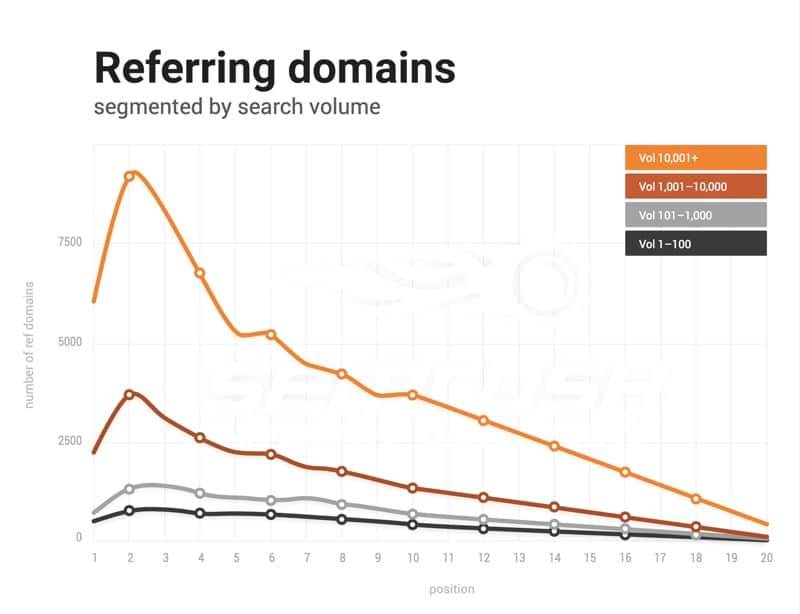

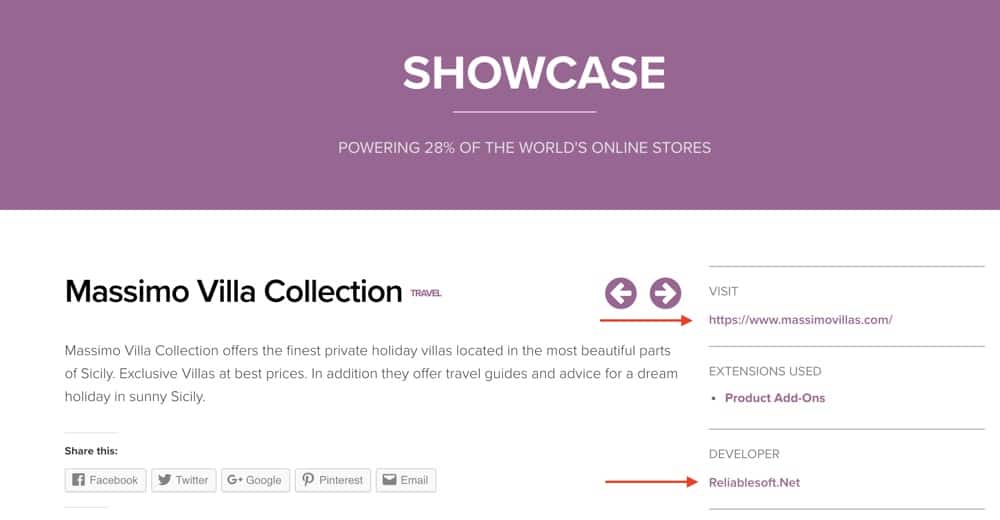
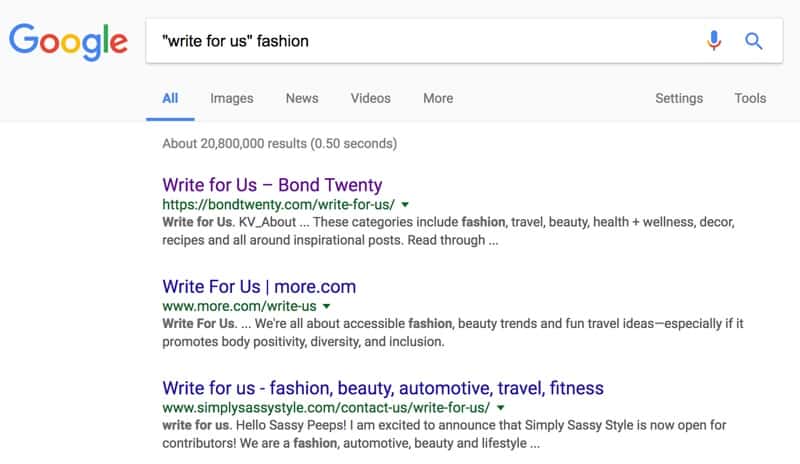
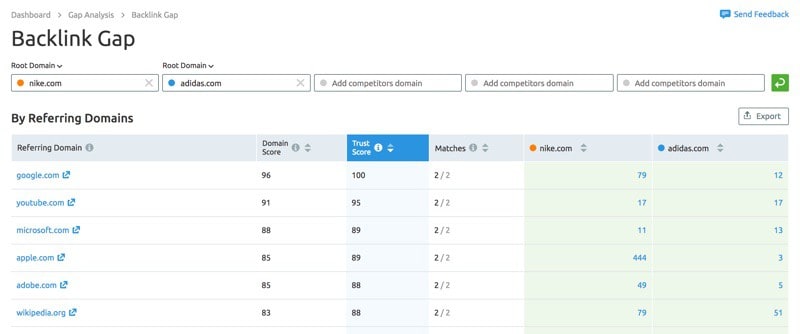
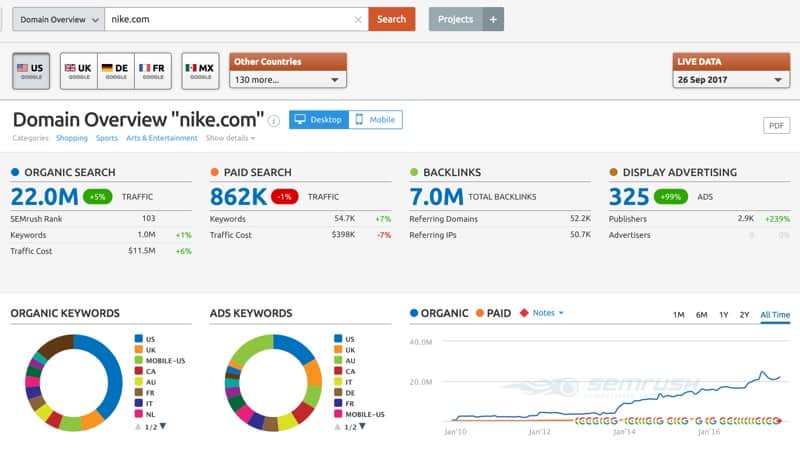



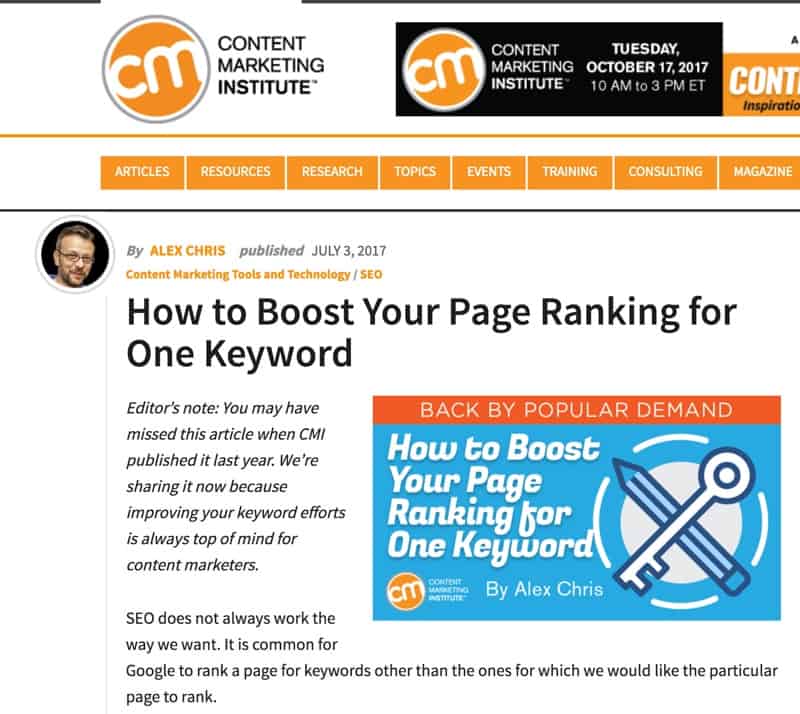
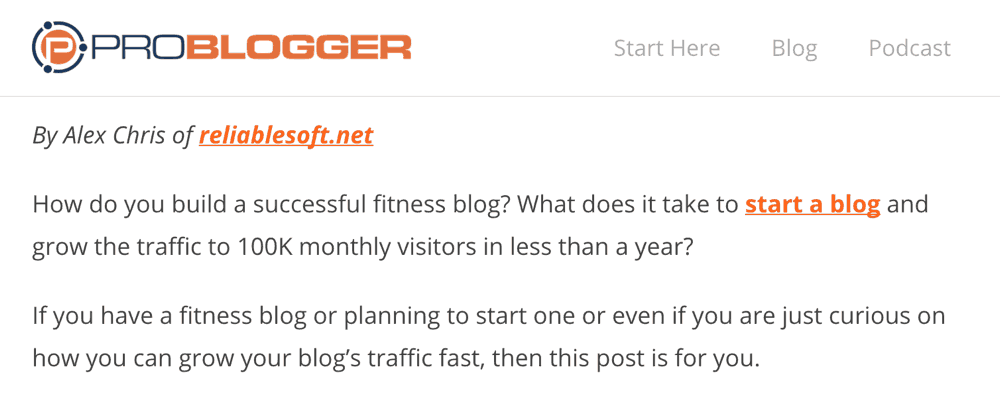

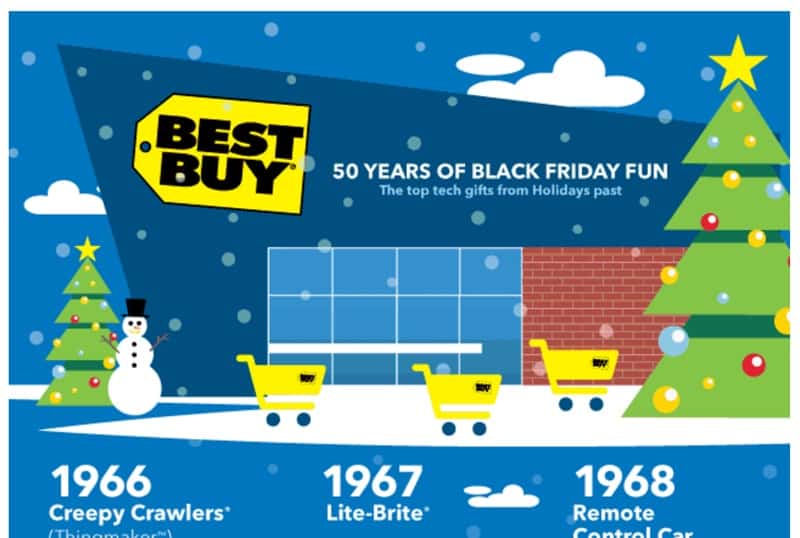
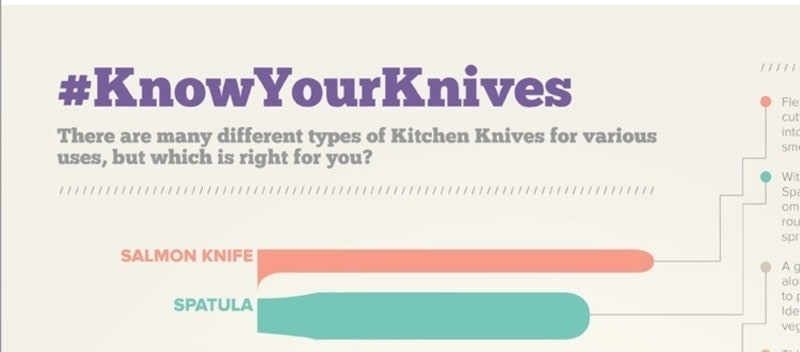




Some are old but gold. Great article I must state.
There is relevant and useful information about off page SEO
Thank you for the great article. I have a Ecommerce website. I try yo work on my website and backlinks as much as I can. It information is very useful. I appreciate it.